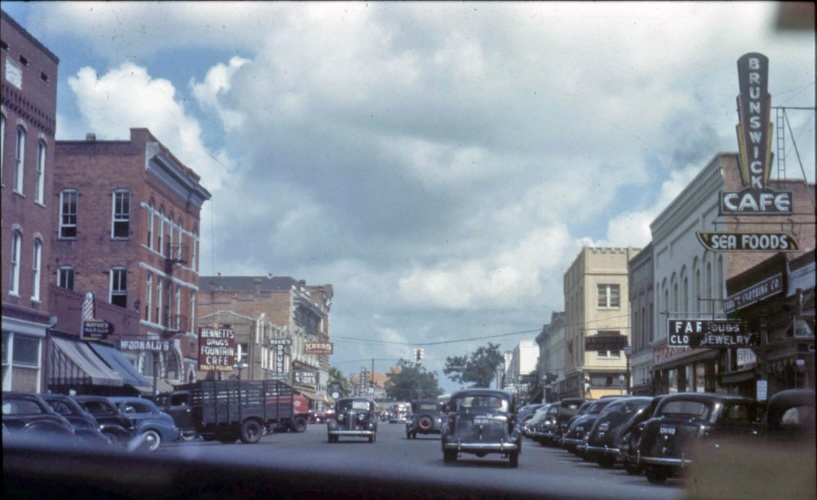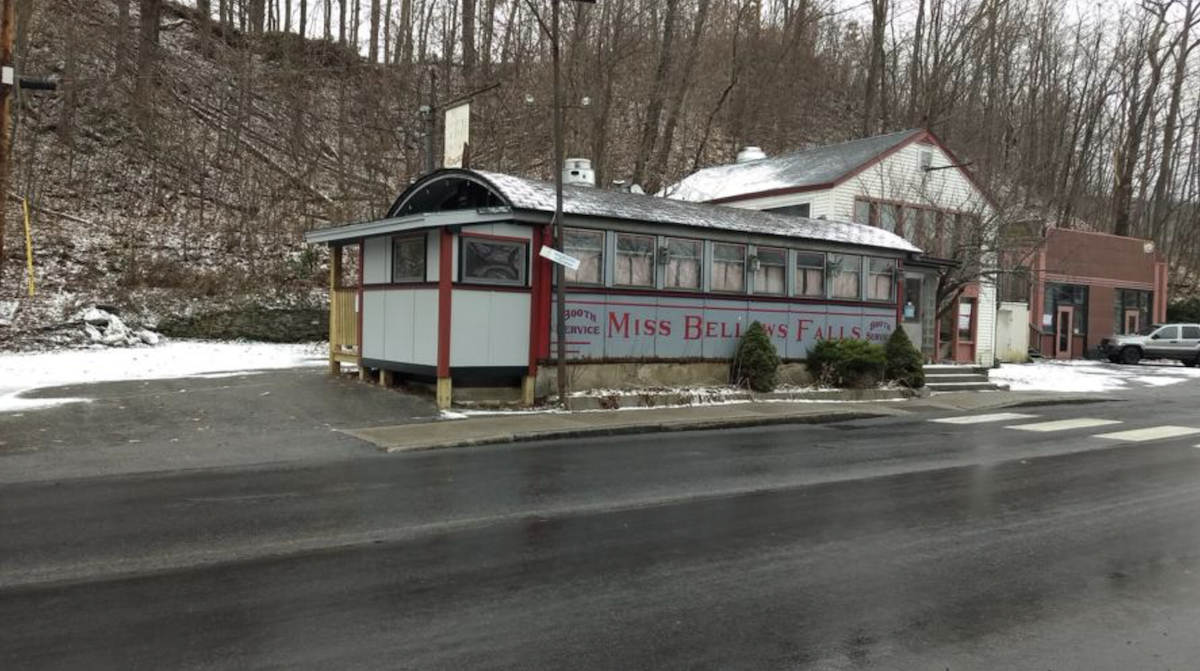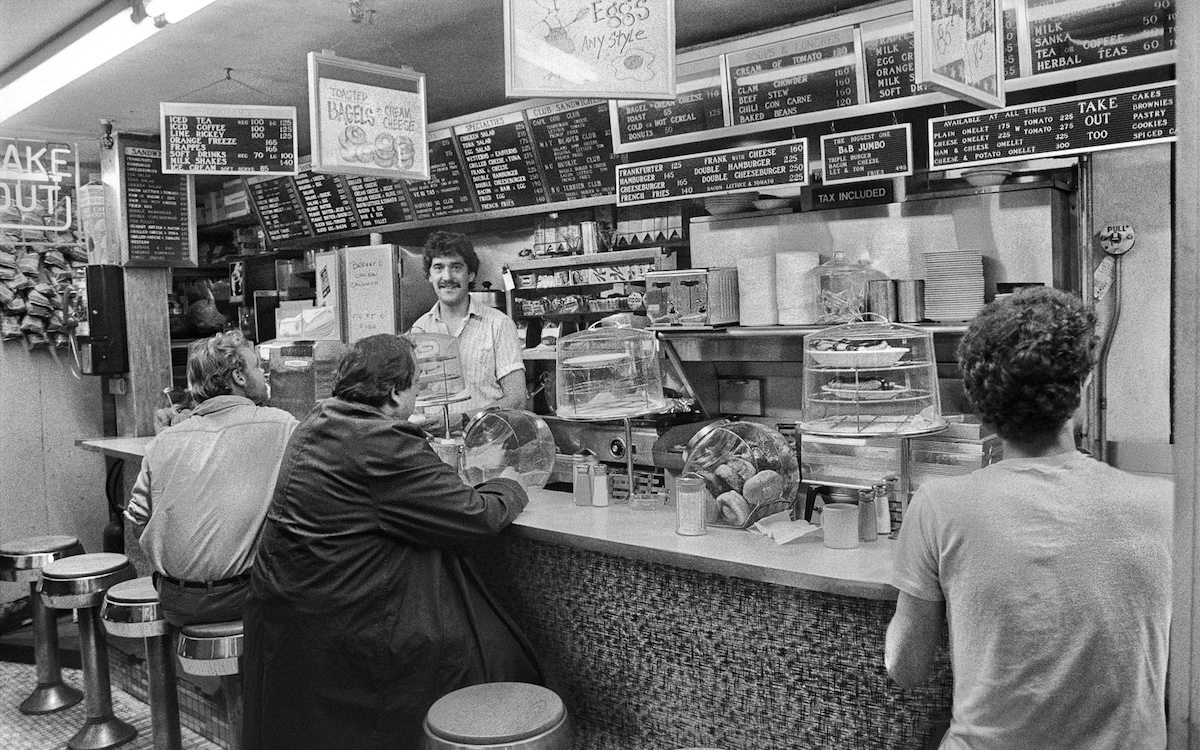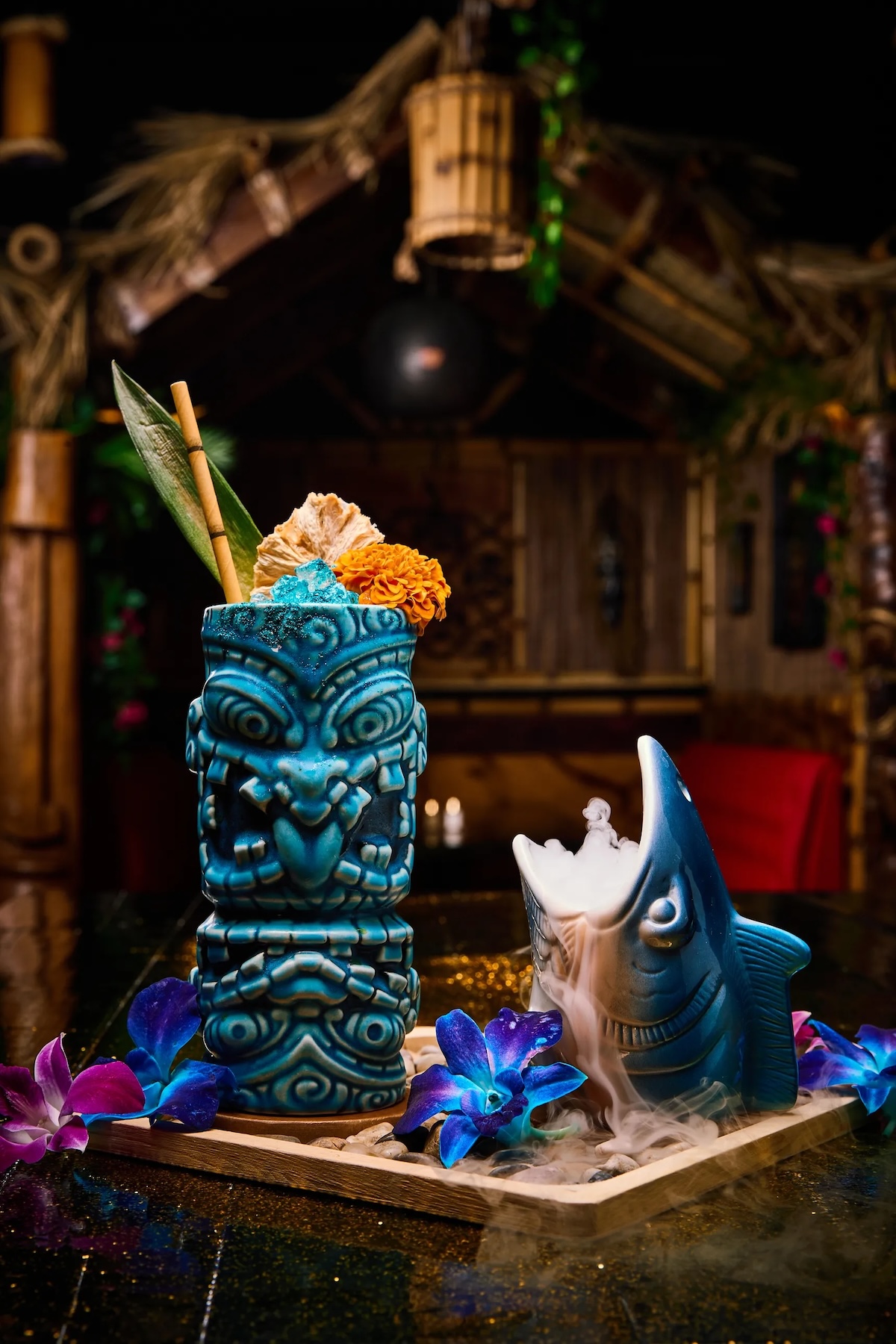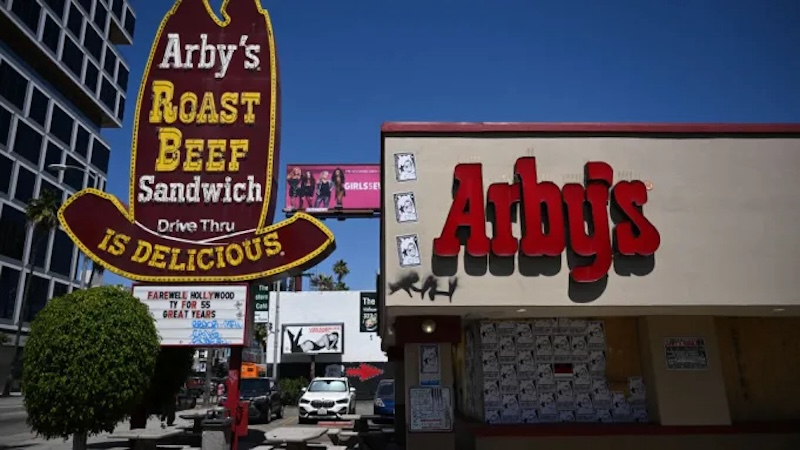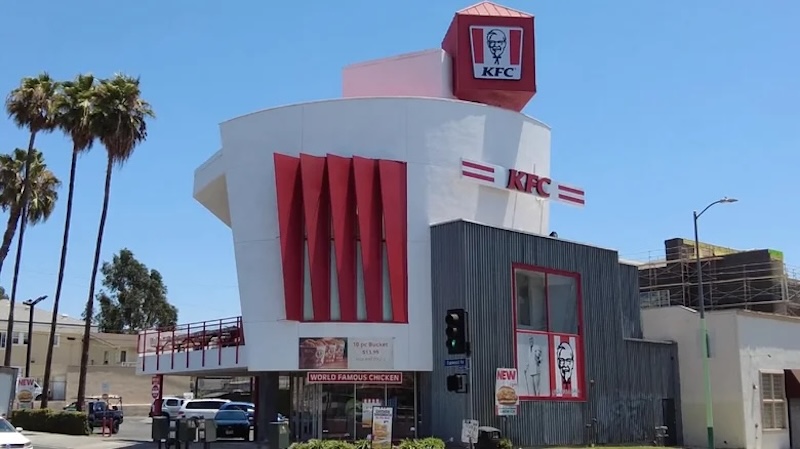Downtown Brunswick has seen boom and bust times
This photo, taken in the 1940s, is almost a time capsule of downtown Brunswick. To the far left is 1423 Newcastle St., which was most recently The Southern Table. Next to it is the one-story building house Mayer’s Barber Shop and McDonald’s; the Bennett’s Drugs sign is outside of what later became Rogers’ Drugs, and is now Fox’s Pizza. At the time of the photo, the Dunwoody Building housed Rish’s Drugs and Altman’s Shoes. The Kress Building, with its original façade and sign is just in front of the Bank of Brunswick Building. The passenger depot that sat just past the Oglethorpe Hotel is partially obscured by trees. The Ritz Theatre sign is visible on the top right. Farley’s Credit Clothiers is at 1424 Newcastle. The fantastic Brunswick Café sign is at 1420 Newcastle St., and the jewelry store sign just below it belongs to Dubs Jewelers. Farley’s Clothing is the key to dating the image. Farley’s was at this location in 1946, but had moved to 1508 Newcastle by 1941. This photo is a color slide taken by the Rev. Vincent Brennan, 1912-1993, a Marist educator who served Marist School continuously from 1942-1968 as a teacher, principal and president. Provided photo/Josh Dukes
From The Brunswick (GA) News: Downtown districts within cities of any measurable size experience cycles of boom and bust.
Brunswick is no different. There have been periods of time when merchants experienced great prosperity and others during which businesses had to do whatever it took to stay afloat.
The opening of the F.J. Torras Causeway had a significant economic impact on downtown. Although St. Simons was sparsely populated and Sea Island was just a glimmer in Howard Coffin’s eye, the construction of a two-lane causeway provided an efficient means of transporting people and goods between the islands and the mainland.
New, smaller design proposed for Miss Bellow Falls diner expansion
Miss Bellows Falls Diner. Reformer file photo
From the Brattleboro (VT) Reformer: BELLOWS FALLS — The new plans for the $1 million renovation and restoration of the Miss Bellows Falls Diner show a shorter addition and smaller footprint, more in line with the historic heritage of the lunch car diner.
Charlie Hunter of Rockingham for Progress recently unveiled the new plans, which were completed by Austin Design of Brattleboro, the architectural firm which did the original plans.
“It’s a much stronger design,” Hunter said. “We have to do everything we can to insure its survival,” he said. Predicting what the food service industry will be like in 50 years is an enormous challenge, he said.
The Tasty was a Cambridge diner that served community spirit
The Tasty, a tiny diner in Harvard Square that was in business for over 80 years, served everyone from the homeless to Harvard professors. Photo/Wikimedia Commons
From the Fifty Plus Advocate: CAMBRIDGE, MA – It may have been a hole-in-wall with its 300 square feet and 14-seat capacity, but the Tasty Sandwich Shop (or The Tasty) stood tall in the hearts and minds of those who frequented Harvard Square. Housed in the Read Block building until 1997, the greasy spoon was a place where people of all stripes gathered to chat and chew. Open 24 hours a day, customers could count on quick orders like burgers and fries or two eggs, fries, and white toast for just $2.75. Despite its confined space, the diner was known for charging prices far lower than most other restaurants in Harvard Square. It’s said that it was perhaps the only place where you could find yourself seated at the counter with a homeless person next to you on one side and a Harvard professor on the other side.
A Glittery Retro-Style Tiki Bar Swings Into Las Vegas
Glitter Gulch Tiki. Shane O’Neal/SON Studios
From Eater Las Vegas: Glitter Gulch Tiki evokes a Vegas trend that is both modern and part of the city’s history. Tiki bars got their start in Las Vegas in 1960, when Aku Aku opened at the Stardust Resort and Casino. One of Aku Aku’s giant carved Moai-style heads is now located at Sunset Park. Other Vegas favorites included the divey Frankie’s Tiki Room, the Italian restaurant backyard, Tiki di Amore, the tiki-meets-punk rock bar the Red Dwarf, and the twisted adult Disneyland spectacle, the Golden Tiki. While conversations continue to be had about how the kitschy bar theme is built on the backs of commodified Polynesian culture, some bartenders are exploring ways to celebrate all things tropical without the thorny appropriation of cultural aesthetics.
Arby’s Hollywood Location Will Be Revived With A New Cuisine
PATRICK T. FALLON/AFP via Getty Images
From Deadline.com: A Hollywood landmark is temporarily changing cuisines. Gone is roast beef. In are Sicilian pizza slices.
The recently closed Arby’s on Hollywood’s Sunset Boulevard will soon become a temporary home to Prince Street Pizza. The chain announced that it will open a pop-up drive-thru at Sunset and Bronson Avenue on Aug. 8 and remain open until Halloween.
For now, the famed Arby’s neon cowboy hat will remain in place.
The Story Behind A KFC’s Famous Bucket-Shaped Restaurant
From Mashed: There is no shortage of wonky-looking standalone fast-food locations across the world. Taiwan has a Starbucks store that is made out of metal shipping containers. In Finland, there is a Burger King sauna big enough for 15 sweaty guests at a time, and in New Zealand, there is a defunct airplane now operating as a McDonald’s where up to 20 guests can munch on a McDouble from the comfort of the ground. Los Angeles’ Koreatown has its very own fast-food landmark — a two-story KFC that is shaped like a bucket of fried chicken.
In a way, the Koreatown KFC has the most logical design of the bunch — it takes the shape of one of the restaurant’s fan-favorite menu items. The location, which is situated on the edge of Western Avenue, was built between 1989 and 1990, roughly 40 years after the first KFC in Utah opened its doors in 1952.



